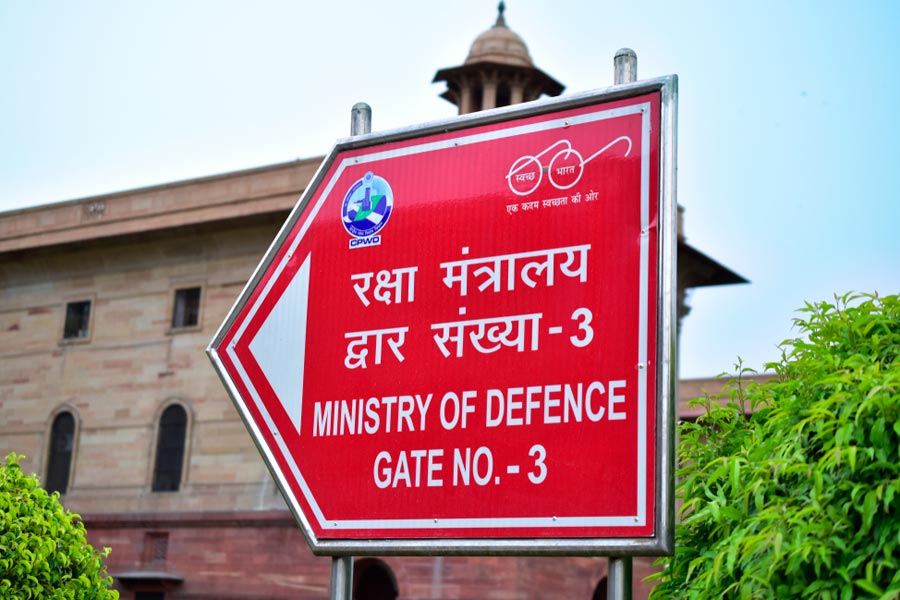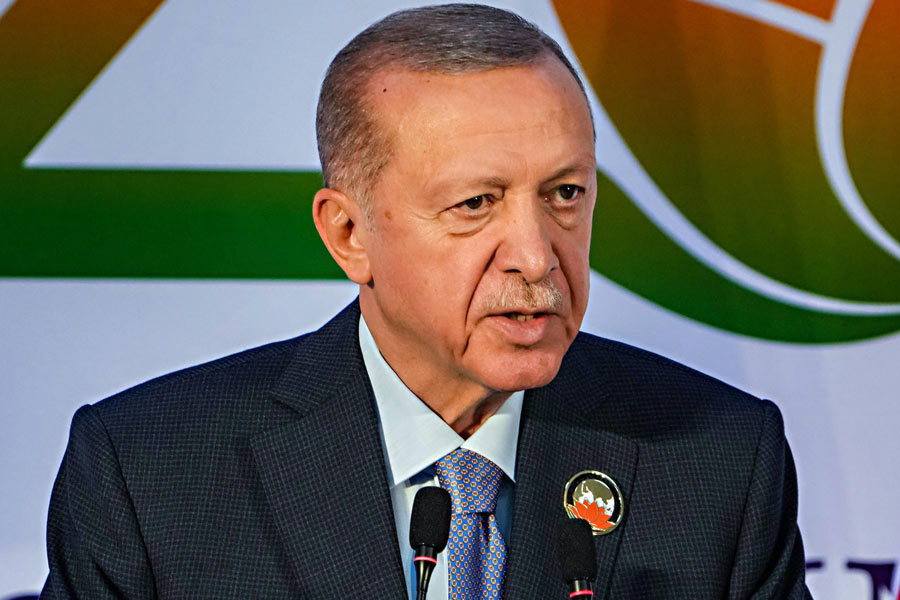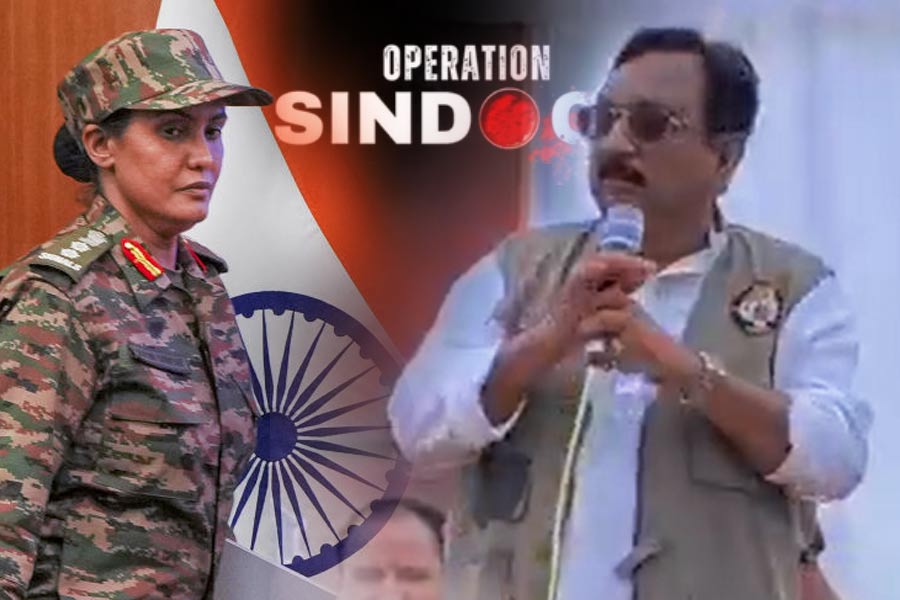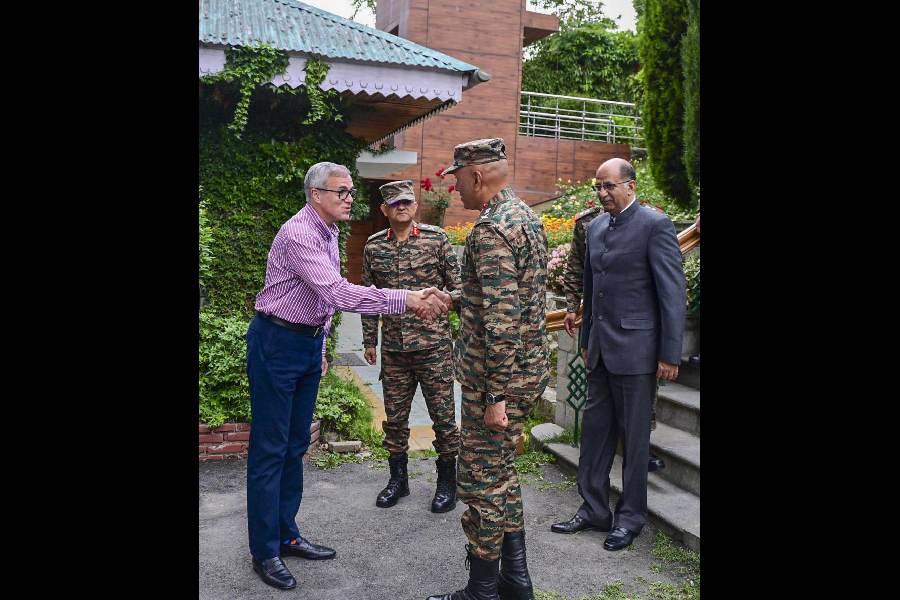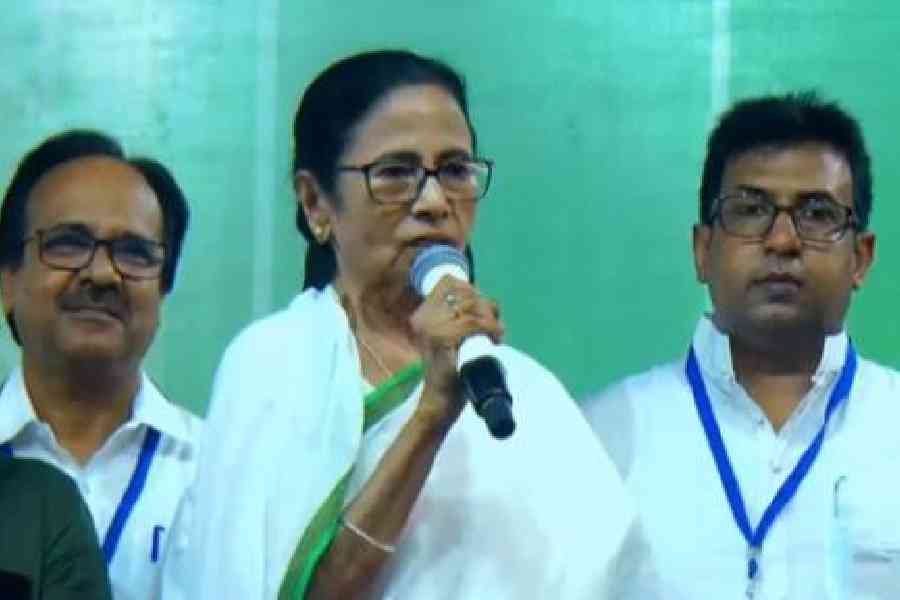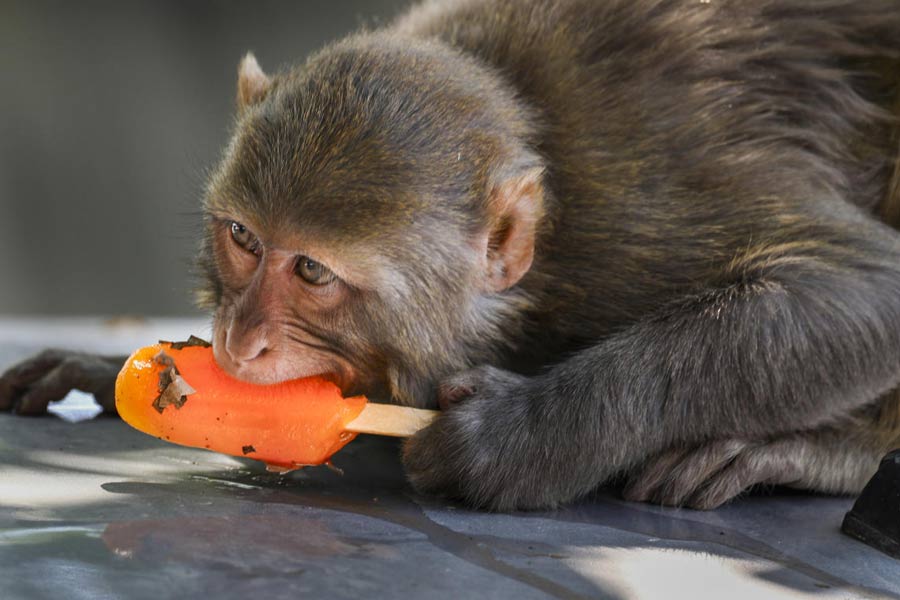 |
| Participants in the workshop on GIS and remote sensing. File picture |
July 8: Wildlife NGO Aaranyak is about start its second training programme on remote sensing and geographical information systems (GIS) after the first edition proved helpful for students interested in lending a helping hand to ecological conservation.
The five-day programme, which will start on Tuesday and end on July 16, will be conducted on the NGO’s office premises at Survey here and will train 10 people, including six from the city, about the applications of remote sensing and GIS in conservation activities.
“Applications of remote sensing and GIS are gaining importance in several countries of the world to address the various issues related to earth resource studies. Their applications include land use planning, preparation of base maps, plan implementation monitoring, facility and utility information system, environmental studies, hydrology, flooding and others,” said Pranjit Kumar Sarma, who looks after remote sensing and GIS programme of Aaranyak.
He said a good knowledge of remote sensing and GIS would be of great help for those who wanted to study changes in wildlife habitats in the city. Encroachment in reserve forests here has already led to man-animal conflicts.
“We look forward to work on existing wildlife habitats in the city and the condition of these,” Sarma said. “Some of the projects executed by our trainees are on flood-zonation, monitoring changes in forest cover and changes in the Deepor Beel wetland.”
Sarma said it would be impossible to carry out a study on foreseeable habitat changes in the forest sector in the next 10 to 15 years without knowledge of remote sensing and GIS. The course is designed for new as well as middle-level technical personnel, college teachers and students who are interested in the subject. The objective of this short-term training is to make the participants familiar with the technology and application of remote sensing and GIS in various fields.
High-resolution satellite remote sensing constitutes an important source of information for various fields of application such as forest management, land-use planning and biodiversity conservation.
On the other hand, GIS acts as a computerised database management tool that offers solutions for planning, problem analysis and monitoring related to the fields of application.
The course is modular in structure and provides a balanced treatment of theory, applications and practical experiences. The participants are taught applications of remote sensing and GIS in various fields, including forest management, biodiversity conservation, land-use planning, urban studies and landscape ecological studies. Sarma said, “A network of professionals who have worked earlier with us have been created for information sharing. We have also helped many of our former trainees get absorbed in various projects.”


